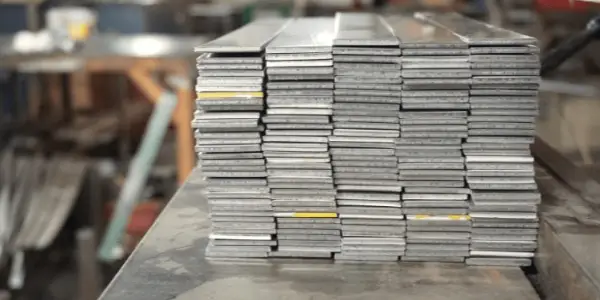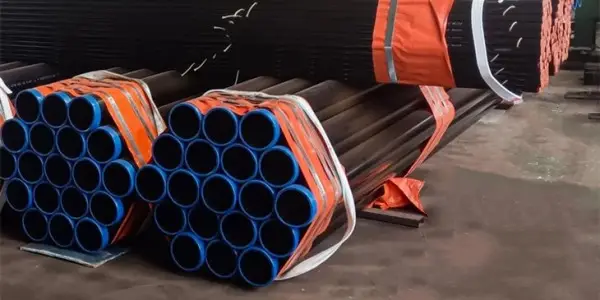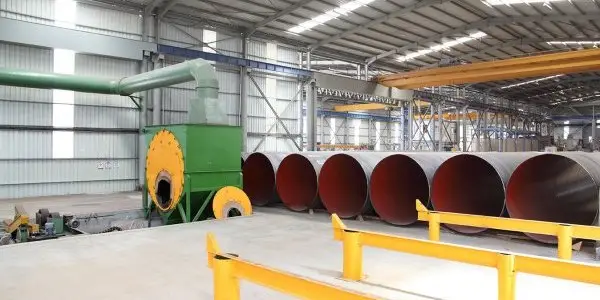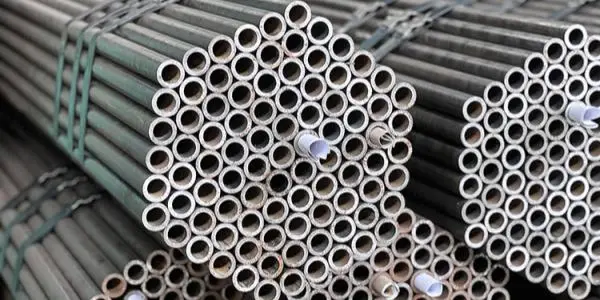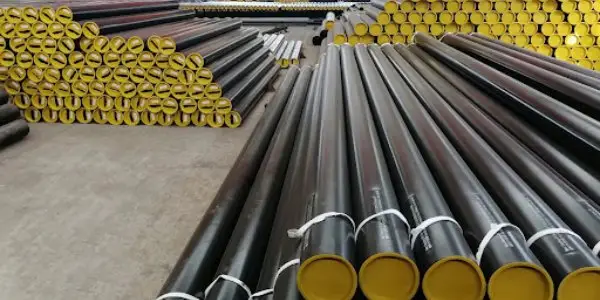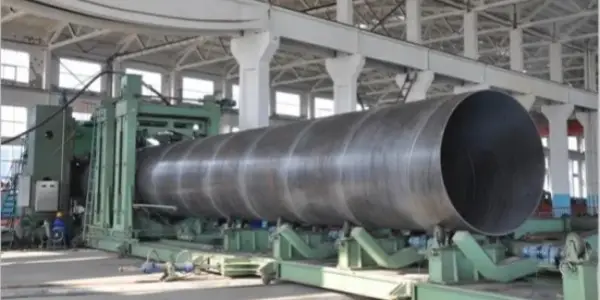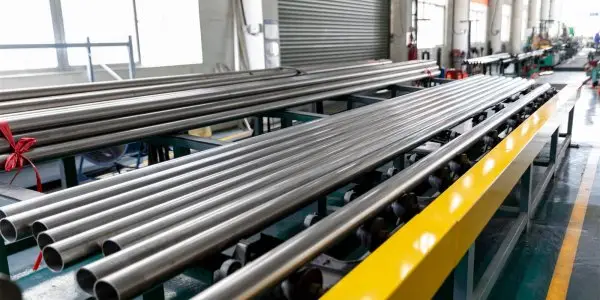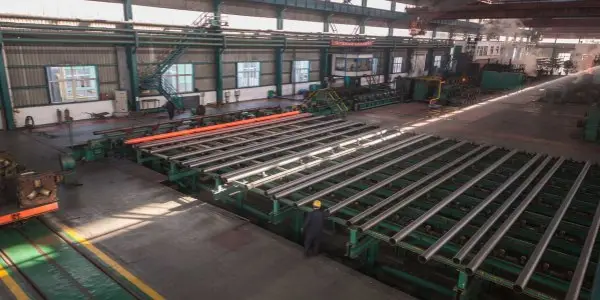-
What is the size range of flat bars?
Flat bars, characterized by their flat surfaces and rectangular cross-sections, are a staple in both construction and industrial design due to their remarkable versatility and robustness. Their range of sizes caters to a wide array of applications, making them an essential material in various fields. Understanding the typical dimensions available can help in selecting the right flat bar for any given project.
Read More
-
Four versatile uses for flat bars
Flat bars are known for their flat surfaces and rectangular profiles, which lend them remarkable versatility across various applications. Here are four prominent uses for flat bars.
Read More
-
Seamless carbon steel pipe materials and characteristics
Seamless carbon steel pipes are highly valued in various industrial applications due to their superior material properties. These pipes are primarily composed of carbon and iron, which confer a range of desirable characteristics. This article will briefly introduce seamless carbon steel pipe materials and characteristics.
Read More
-
Welding skills and requirements for spiral welded steel pipes
Welding spiral welded steel pipes involves a series of critical steps to ensure high-quality results. Here’s a comprehensive guide on the essential skills and requirements for this process.
Read More
-
High pressure boiler tube material
High-pressure boiler tubes are designed to withstand high temperatures and pressures, making them crucial in power generation and industrial applications. The materials used for high-pressure boiler tubes are carefully selected based on their ability to resist creep, corrosion, and oxidation while maintaining strength at elevated temperatures. Here are some of the common materials used for high-pressure boiler tubes.
Read More
-
Introduction to boiler tube grades
Boiler tubes are critical components in high-temperature and high-pressure applications, particularly within power generation systems. The following sections outline the characteristics, advantages, and limitations of different boiler tube grades, including carbon steel, carbon-molybdenum steels, intermediate chrome alloys, and austenitic stainless steels.
Read More
-
API 5L line pipe physical properties
API 5L line pipe is a specification for steel pipes used in the transportation of oil, gas, and water in the oil and gas industry. It defines the mechanical, chemical, and physical properties of the pipes to ensure they meet industry standards for strength, durability, and performance. Here’s an overview of the key physical properties of API 5L line pipe.
Read More
-
How to choose spiral welded pipe according to your needs?
When selecting spiral welded pipes (SSAW) for a project, it’s important to match the pipe specifications to your specific requirements. This ensures optimal performance, safety, and cost-effectiveness. Here’s a guide on how to choose the right spiral welded pipe according to your needs.
Read More
-
Detection methods for seamless steel pipes
Seamless steel pipes are continuous tubes with no gaps on their inner or outer surfaces, making them a vital component in industries such as petroleum, chemical, electric power, and aviation. Ensuring the quality of seamless steel pipes through rigorous standards and testing methods is essential for safe production and use.
Read More
-
5 advantages of seamless steel pipes
Seamless steel pipes possess outstanding characteristics when compared to many other steel materials. They are particularly advantageous when compared to solid steel materials like round steel, as they offer the same bending and torsional strength at a lighter weight. This makes them an economical choice for cross-sectional steel materials, with wide-ranging applications. This article will briefly introduce 5 advantages of seamless steel pipes.
Read More

 English
English Español
Español




 Tel : +86-18565811709
Tel : +86-18565811709 Email :
Email : 

